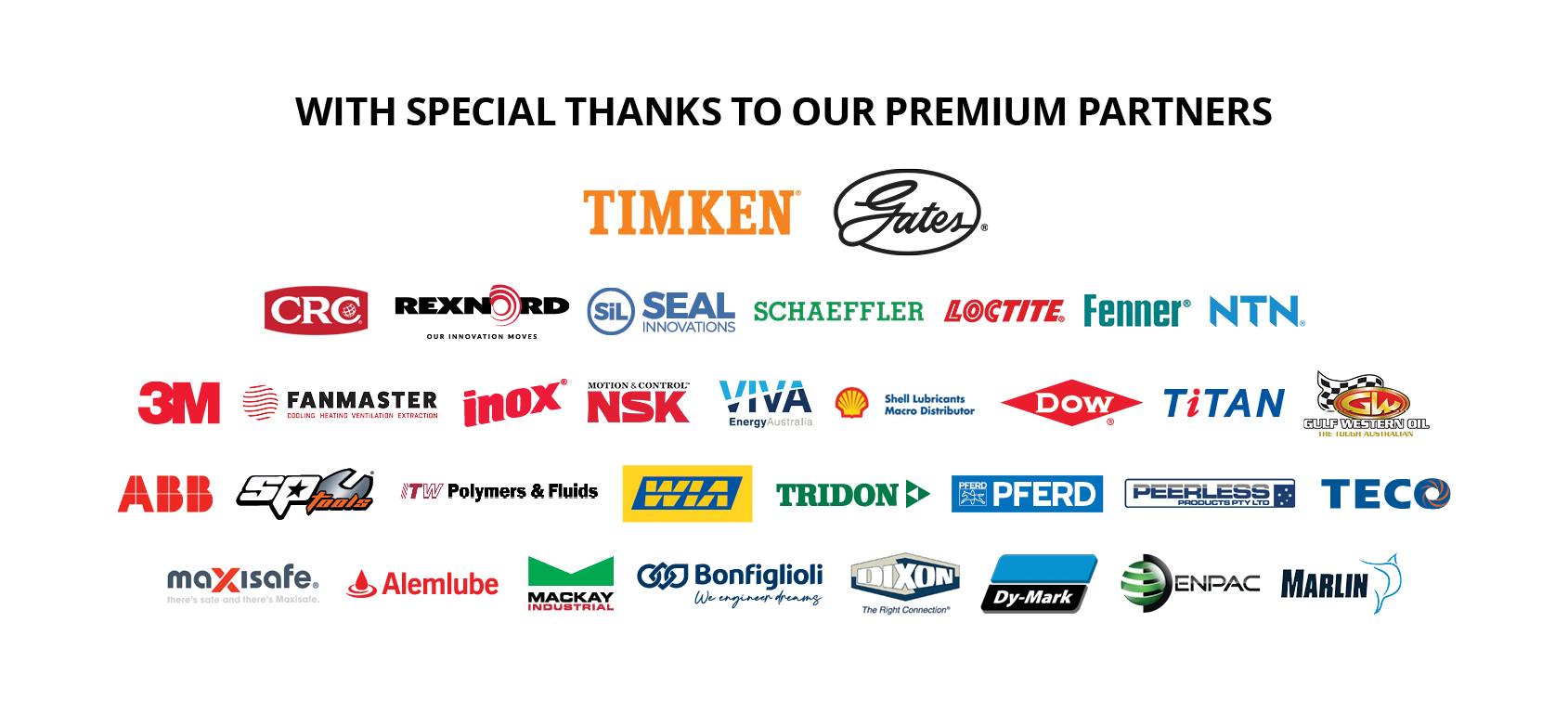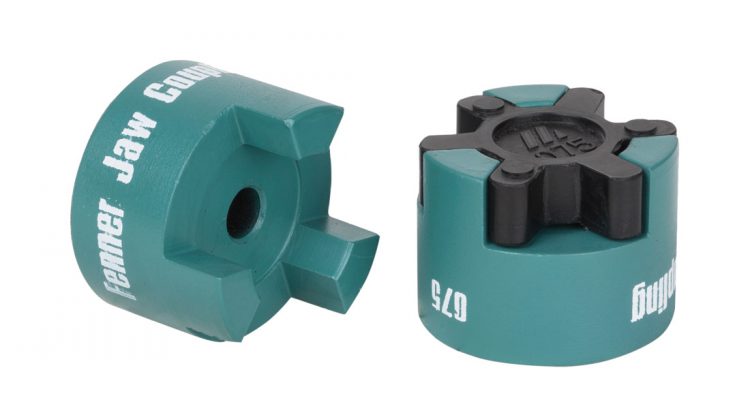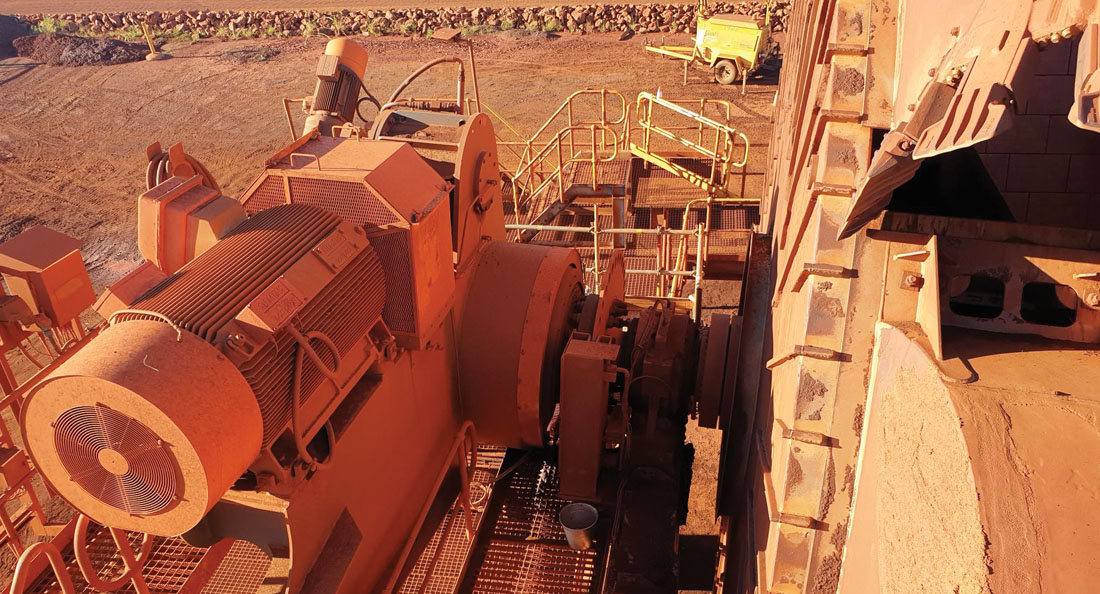Jaw couplings are a popular choice for connecting large industrial machines such as pumps, blowers, compressors and mixers in mechanical power transmission assemblies. The secret to widespread popularity of jaw couplings, according to CBC Australia’s National Product Manager for Power Transmission, Troy Markland, lies in their versatility and robustness.
“Jaw couplings are designed to provide a great level of flexibility. The spider element between the toothed elements offers a capacity to flex, which gives the jaw coupling its ability to counter misalignment and absorb accidental shock loads,” Troy explains.
CBC’s range of Fenner jaw couplings is available with different choices of element materials including Nitrile, Urethane and Hytrel®. Each of these elements come with different temperature ratings, misalignment capacities and power factors as shown in Table 1.
According to Troy, the fail-safe design of the Fenner jaw couplings means the couplings will continue to drive and transmit power even after the spider element has failed.
“When the element fails, the hubs in the Fenner jaw coupling interlock and continue transmitting power. The operators get alerted by the noise and can plan an orderly shutdown to replace the coupling, but in the meantime, they will not face any sudden interruption in their operation.”
Troy asserts that easy installation of couplings and their useful service life depends on correct shaft alignment.
“When we talk about correct shaft alignment, we mean both parallel and angular alignments. Angular misalignment is when shafts are at an angle to one another. Parallel misalignment happens when the shafts are in line angularly and parallel to each other but are offset radially. Some shafts can also have axial misalignment, which refers to errors in the axial spacing of coupling hubs or flanges,” Troy explains.
“Fenner jaw couplings are good at taking accidental loads and small amplitudes of vibration, but if you want to get a long service life out of your couplings, you should always check that your shafts are perfectly aligned.”
The versatility of Fenner jaw couplings means different assembly variants are possible to suit each application. These variants are listed in the Table 2.
| Fenner Jaw Coupling Elements | |||||
| Type | Colour | Temperature Range (°C) | Maximum Misalignment | Power Factor | |
| Angular (°) | Parallel (mm) | ||||
| Nitrile (Spider) | Black | -40 to 100 | 1 | 0.38 | 1 |
| Nitrile (QF ring kit) | Black | -40 to 100 | 1 | 0.38 | 1 |
| Urethane | Blue | -35 to 70 | 1 | 0.38 | 1.5 |
| Hytrel® | White | -50 to 120 | 1/2 | 0.38 | 3 |
Table 1
| Fenner Jaw Coupling Assembly Variants | |
| SX | Simple coupling of two close-coupled shafts using 2 x SX hubs + a spider shaped element. The element petals are connected by an inner ring to maintain location between the ‘jaws’ on the hubs. Urethane and Hytrel® spider elements are available to enhance the coupling power rating. |
| QF | On sizes 095 and above, the SX hubs are drilled/tapped for fixing a pressed steel ‘ring’ or sleeve. The ring retains a QF type Nitrile rubber element on which the petals are joined by an outer band. Unscrewing and withdrawing the ring allows the element to be removed for replacement without disturbing the hubs. The retaining ring and element are supplied together as a ‘ring kit’. |
| QFS | Used when the machine shafts to be coupled are set apart by a DBSE (distance between shaft ends) of 100 or 140mm. This arrangement is common with centrifugal pump applications.
A QF coupling is used with a light alloy spacer, which is supplied complete with a second ring kit, to create a spacer coupling which is easily disassembled by removing the two elements. |
Table 2




